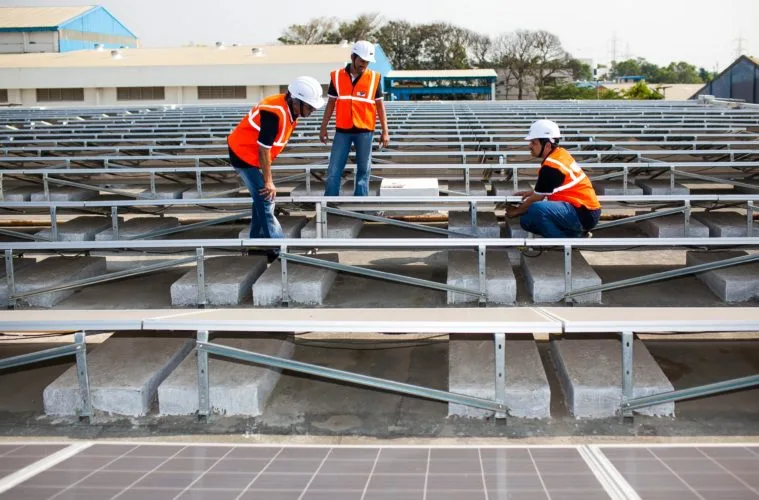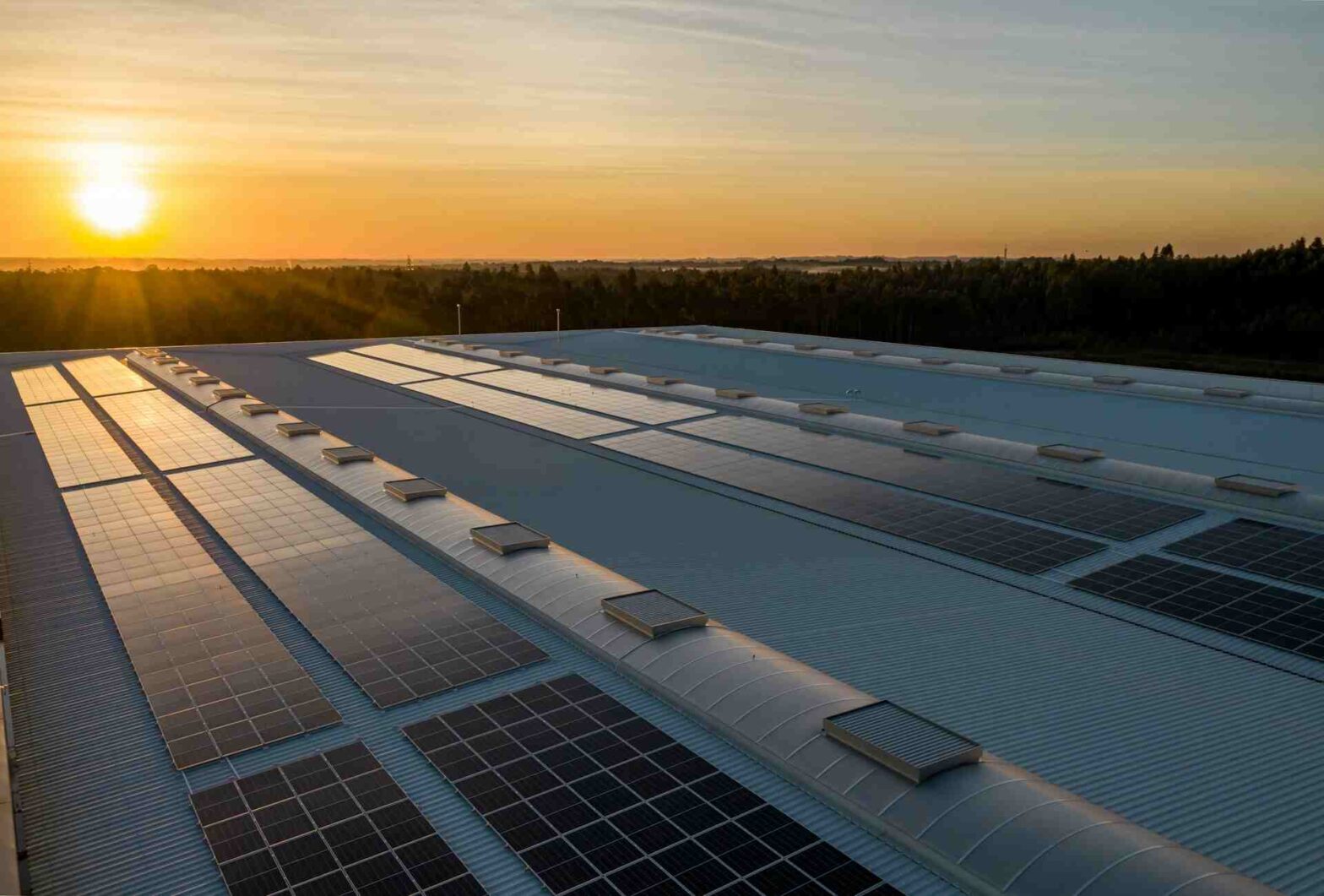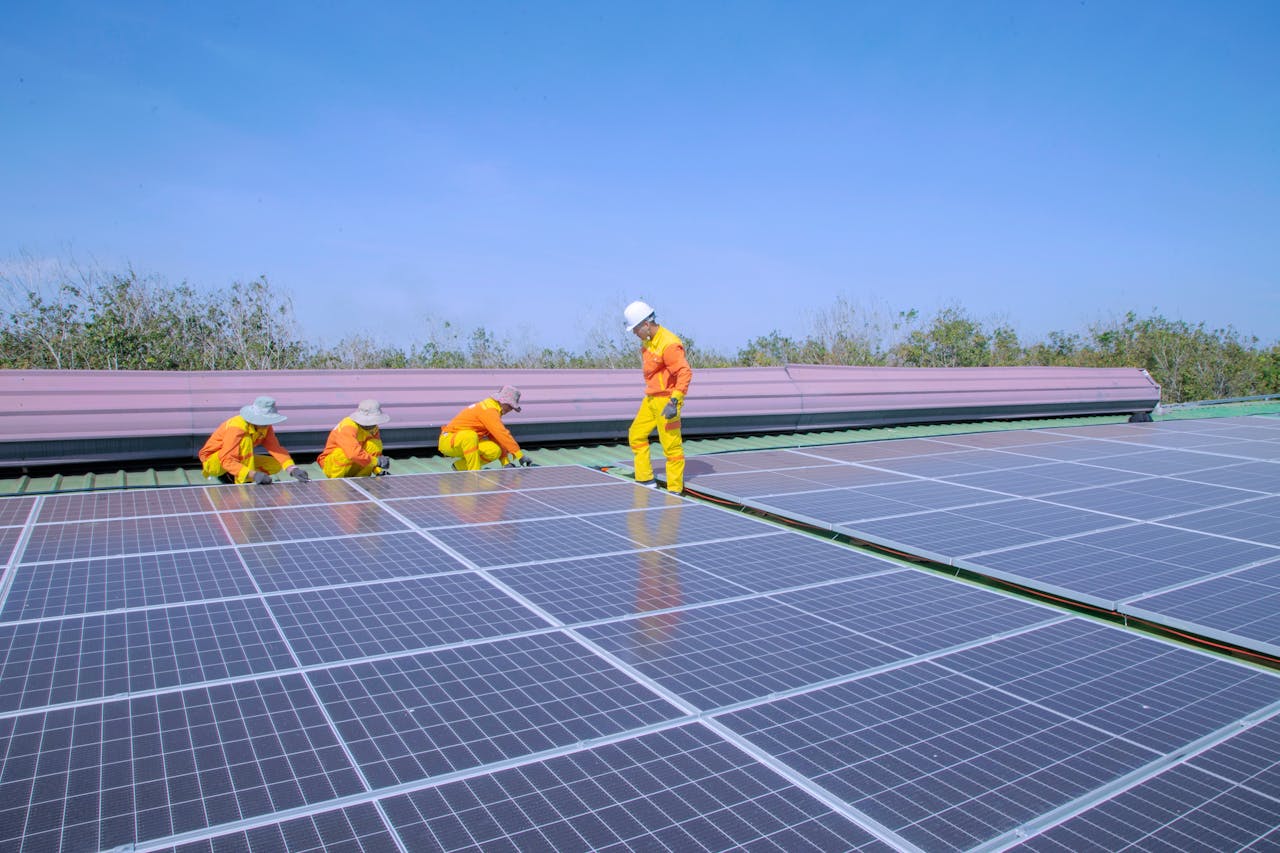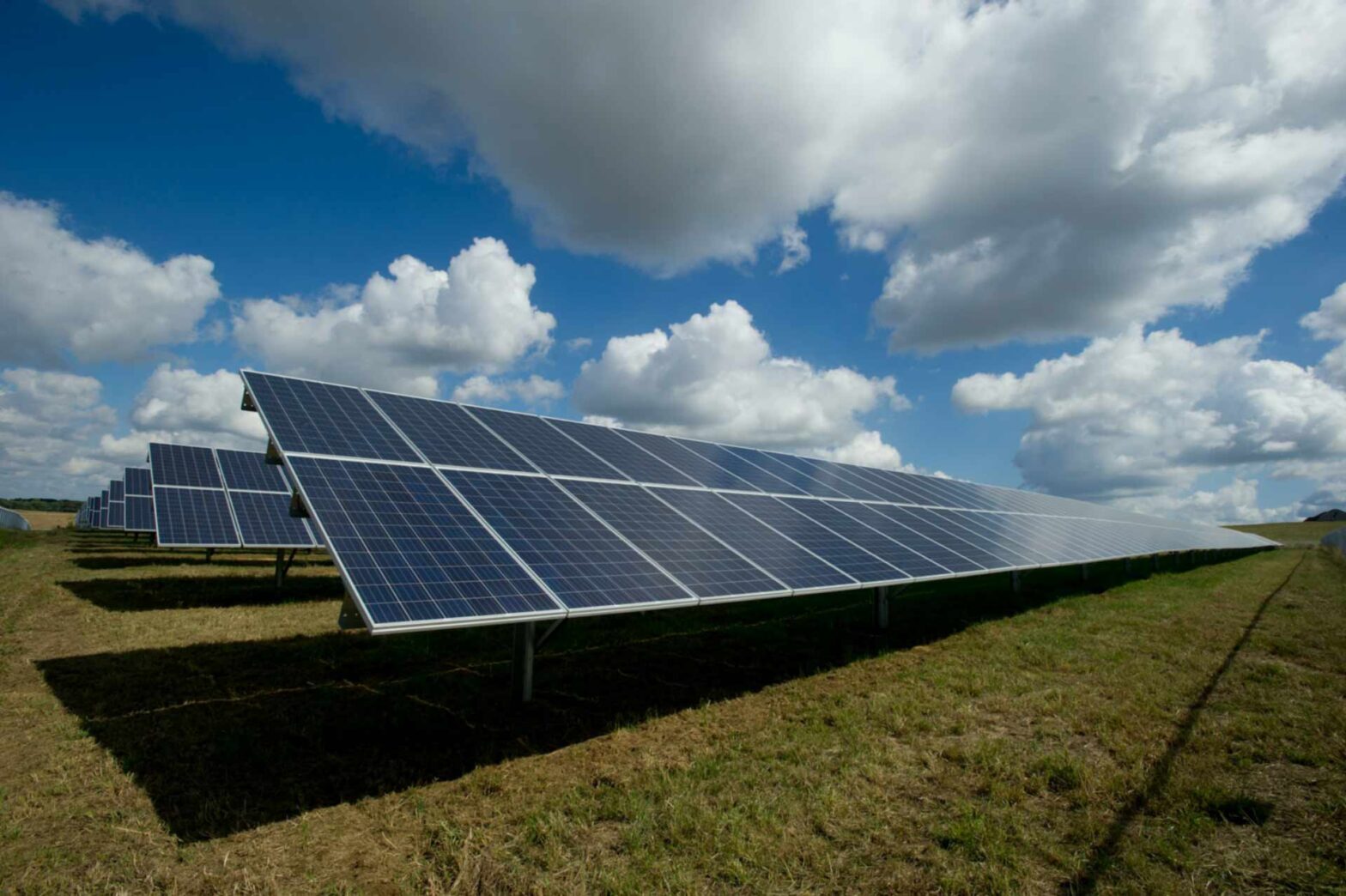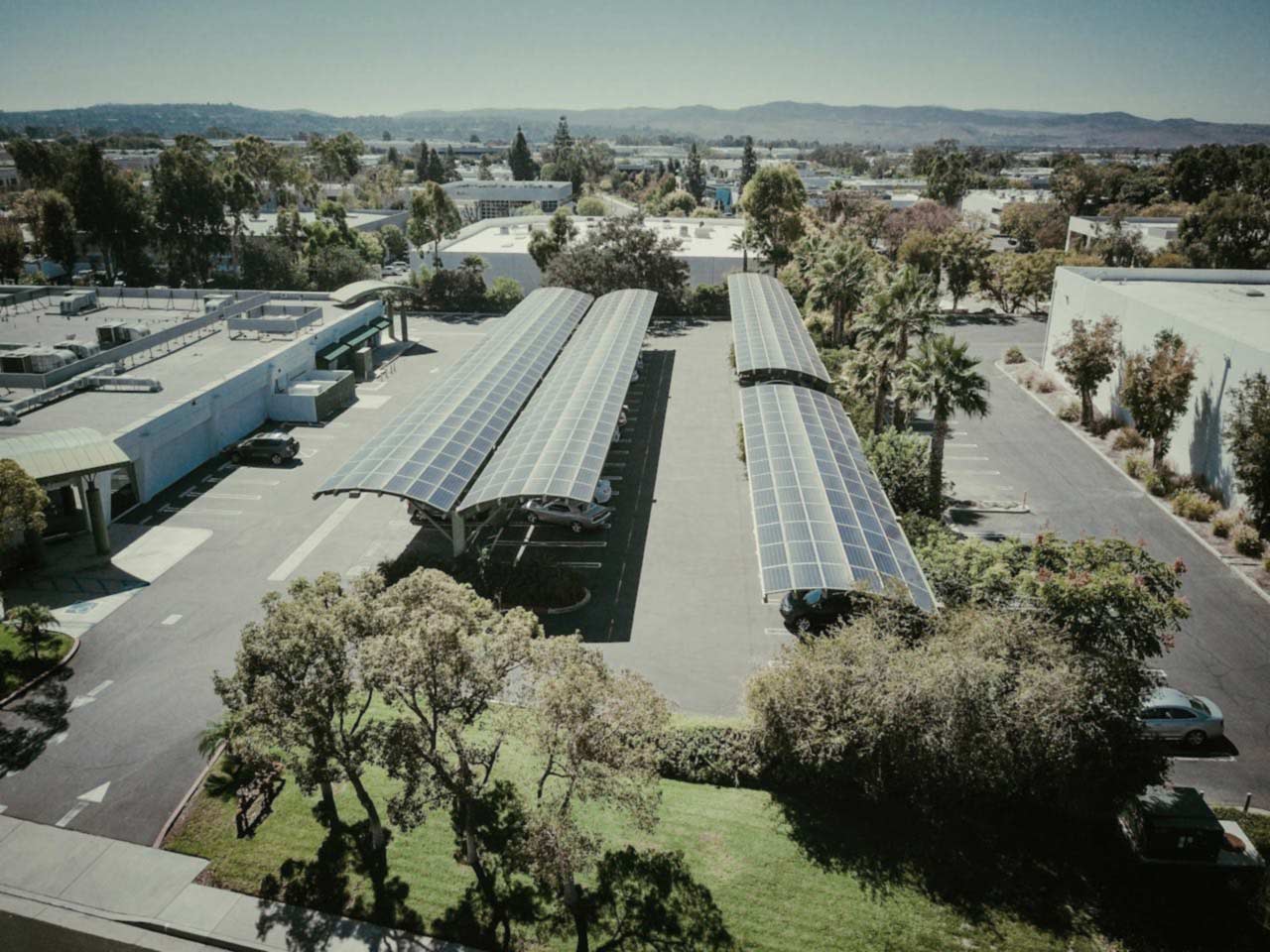Several design elements are involved in the setting up of an efficient solar system. Among them is the mounting structure of the solar modules.
Understanding the Need for Module Mounting Structures (MMS)
Due to the structure of the modules themselves, they are required to be mounted on another structure. This allows the modules to be held firmly to the surface of the installation, making them capable of battling strong winds that could, without careful design of the mounting structures, damage the entire installation.
Additionally, in order to raise the overall efficiency and generation capabilities of the installation, a tilt is afforded to the modules of the system based on the geographical location and the positioning of the area of the installation. Now, to achieve higher levels of generation, the optimum tilt of the modules is achieved by raising them on a mounting structure. Based on the cost and customer requirements, a tracker may be used in ground-mount solar system installations as well, in order to allow for the tracking of the sun’s movement across the sky, and thereby adapt the optimum tilt of the modules.
Mounting structures are sometimes built independent of a roof or ground-mounted solar structure installation. Pole mounts and car-ports are examples of mounting structures created such that the entire installation is raised several feet into the air, thereby keeping the installation independent of the conventional ground or roof mounting systems.
MMS: Categories of study
In the case of roof or ground mount installations, the specific type of module mounting structure for solar panels (MMS) uses changes based on the surface of the installation. Further, in rooftop solar structure plant system solutions, a tilted roof and a flat roof have different routes of approach to designing the system. A closer examination of tilted roofs, based on the surface of the roof itself (tiled, corrugated fibre cement, trapezoidal metal sheet, round seam, etc.), dictates if clamps, adhesives, or raised structures are required for a particular installation (with specific latitude-longitude coordinates, installation position with respect to the sun’s movement across the sky, etc.).
In order to design a suitable MMS and its foundation, it is of primary importance to first examine the type of roof under consideration. Here, we cast a brief eye on some standard roof types:
Flat concrete roof: For a flat concrete roof, an MMS is of immense importance, as it is the MMS that allows the modules to be tilted at an angle optimal to the particular installation. A non-penetrative (ballast) foundation is used to resist wind uplift acting on the modules. The mounting structure is raised on this foundation.
Sheet roof-Trapezoidal: For a trapezoidal roof, running aluminium rails that may be affixed using an industrial-grade adhesive or long-tapping screws are used. The modules are then fixed with suitable end and middle clamps.
Sheet Roof-Standing Seam: Aluminium rails, to which the modules are affixed, are held to the roof using specific types of standing seam clips, based on the roof itself. The modules are affixed to these rails using suitable end and middle clamps.
Tiled Roof: In the case of a tiled roof, where the entire area of the roof is lined with tiles, the MMS is fixed to the roof by using screws that hold the MMS to the purlin below the roof. Suitable end and middle clamps are then used to hold the modules to the structures themselves.
Keep Reading: Rooftop Solar: A Closer Look
Additional Design Considerations
A suitable weight of MMS (i.e., of strong material such as galvanised steel) is used in order to build a structure capable of withstanding wind force for the lifetime of the solar structure plant. A design concern in a rooftop installation is accounting for the weight of the modules, along with the weight of the mounting structures, while carrying out the load-bearing study of the roof. Inputs such as location (latitude-longitude), building height, roof tilt, solar module dimension and weight, type of roof, and fixing methods (e.g., the clamps used to affix the modules to the roof) are used in order to generate guidelines on the structure design, additional dead load on the roof, as well as the dynamic load on the roof. These details allow for the load-bearing capacity of the roof to be calculated.
Additionally, the complete installation is designed keeping in mind the shading constraints created by raising the modules on the structures. A suitable inter-row spacing is maintained to prevent modules from casting a shadow on the row of modules installed in the succeeding row. Although seemingly small, these details in design stand to impact the power generated drastically.
It is evident, therefore, that module mounting structures form a critical element of designing an installation that would serve the user steadfastly for the complete lifetime of the installation.
